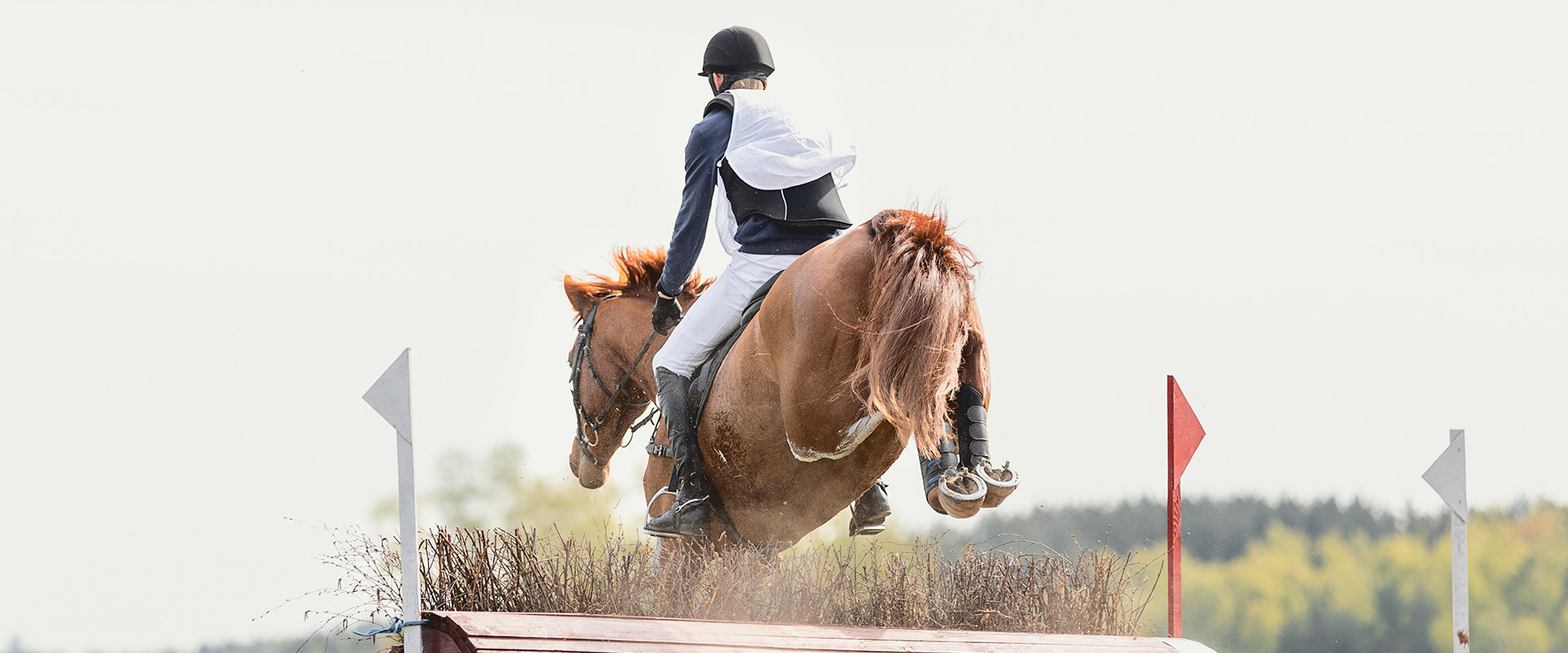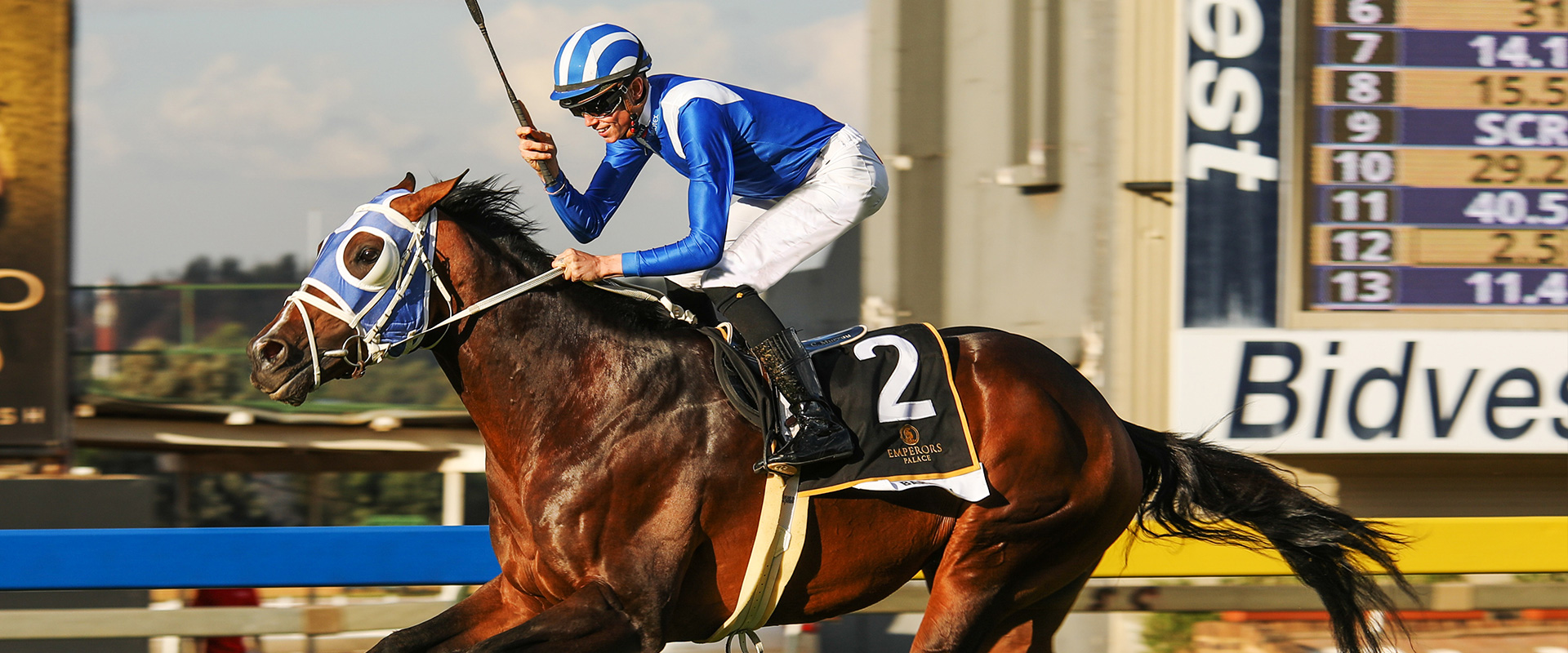There are many times when life takes over and we are unable to get to our horses. This ends up with many of us instructing the yard to “lunge” while we are away, to ensure the horse gets a small amount of exercise and stays “even tempered” for when we return. But, have you ever thought about how your horse is being lunged? Have you considered that it might not just be some ‘easy exercise’.
In this article we’ll explain why experts urge you not to consider lunging a mindless activity and, instead, to treat it as a serious training tool. Also included are suggestions on best practices for horse health and handler safety.
Basic Lunging No-Nos
Duncan Peters, DVM, MS, Dipl. ACVSMR, ISELP, a sport horse practitioner and co-owner and founder of East-West Equine Sports Medicine, recommends lunging as an exercise and training modality, “as long as the horse is kept under control. The worst thing is when the horse is at the end of the line, basically left to his own devices. We see more horses get hurt (while lunging) than with controlled exercise” he says. “Some of the worst lunging I’ve seen is by grooms who are told to get the horse tired,” Peters says. “I have videos of some of these—the horse’s head is up; he’s bucking, slipping, and sliding.” Ever see a horse lose his footing and go down on the lunge? It’s scary. The training surface is always important in terms of soundness and performance, but it’s paramount in lunging because 1) the horse is more apt to lose his balance while turning, and 2) certain kinds of footing exacerbate lunging’s stresses on the horse’s soft tissues. That’s why Peters strongly cautions against lunging on slick surfaces, very firm footing, packed-dirt roads, very deep footing, wet or dewy grass or fields, or mud
As part of a rehabilitation process, many veterinarians recommend controlled exercise, which might include lunging. And certain ongoing conditions might benefit from lunging, as well. Peters says horses with arthritis of the articular facet joints (“kissing spines”), muscle spasms, and other back problems can benefit from the riderless exercise. Effects of Footing and Shoeing What’s underfoot can either ease or worsen lunging’s effects on the horse’s legs and feet. As discussed, poor footing is even less appropriate for lunging than it is for riding. But even some “good” footing isn’t great for lunging, says Peters. He recommends sticking to natural materials—sand, dirt, bark, – and avoiding synthetic surfaces, which can be grippy enough to cause extra torque. You’re probably not going to have your horse specially shod for lunging, but know that a bevelled shoe produces less torque than a standard flat shoe, Peters says. Bevelled shoe examples include the half-round, the Kerckhaert Classic line, and the Natural Balance shoes. Lunging the barefoot horse is just fine, he says.
Best Practices
- Safe lunging starts with a safe space. The ideal is a walled round pen or other enclosed area, large enough that the horse can circle safely (at least 15 meters in diameter) but enclosed so he can’t run like crazy should he manage to pull away from the handler.
- Loop the lunge line neatly. Don’t allow the line to drag the ground, where it can be stepped on. Never wrap the line around your hand or wrist. A cotton or jute line is preferable to slippery nylon. • Stand opposite the horse’s shoulder. For optimal control and influence, place him in a V between the lunge line in one hand and the whip in the other. • Don’t let the whip trail along the ground or poke the tip of the lash into the ground. Your voice and the whip encourage the horse forward—but avoid dramatic whip-cracking, which could provoke an explosion.
- Ideally, use a lunging cavesson, to which the line attaches via a ring on the noseband piece. If you must lunge using your horse’s bridle (snaffle only), remove the reins or twist them together and secure beneath the throatlatch. Attach the line to the inside bit ring; some horsemen and women discourage this practice so, alternatively, run the line through the inside ring, wrap around once, then attach to the outside bit ring. Running the line over the top of the poll and attaching to the outside bit ring is severe and has a gaglike effect; this method is not recommended. • If your horse is wearing a saddle, remove or run up and secure the stirrup irons.
- If you’re wearing spurs, remove them; they can be a tripping hazard. Wear sturdy shoes with good traction, protective headgear if possible, and gloves.
- Used and adjusted correctly, side reins mimic the steady and elastic contact of the rider’s hands. (If your horse is unaccustomed to side reins, seek professional guidance before using them.) You can attach them to the saddle’s billet straps or to the rings on a lunging surcingle. There are different types of side reins, including plain leather and those with elastic inserts. Many trainers prefer side reins with rubber donut inserts, which offer a bit of give but aren’t so stretchy that the horse is tempted to lean against them. Adjustment is key: too loose and they’ll have no effect, and the horse could risk catching a leg; too tight and the horse might feel restricted, which could cause him to rear up and flip over. A good rule of thumb is to find the length that approximates a correct “on the bit” outline, with the horse’s profile slightly in front of the vertical (if you draw a line perpendicular to the ground, the front of his face and muzzle should be slightly ahead of it).
- Shield your horse’s legs and feet from bumps and nicks with leg boots all around and bell boots in front. “Leg boots are cheap protection,” Peters says. “Bell boots are helpful because the horse is more likely to tweak his shoes on the lunge line—to catch a front shoe with a hind foot on the inside of the circle.”
- If you (or your horse) are new to lunging, seek an experienced, reputable trainer’s guidance. In dressage, for example, in the US certified instructors have passed exams demonstrating their skill and knowledge of safe and effective lunging practices. The Lunging Session Keep it on the short side, advises Peters—no more than 20 to 30 minutes. If you’re lunging as a warm-up to riding, five to 10 minutes should be sufficient. Reduce stresses on your horse’s body by varying the gaits frequently, he notes. Doing so offers the added bonus of helping keep your horse focused on you and interested in the work. Change directions at least once, ensuring that you work your horse both ways for equal amounts of time. The exception: “With some injuries, you might want to go in only one direction,” says Peters. An example would be the horse that’s rehabbing from a collateral-ligament injury, he says. Collateral ligaments, which stabilize a variety of joints, are placed under greater stress when on the outside of the circle; in such cases your veterinarian might advise you to lunge only with the injured leg on the inside of the lunge circle.
Done properly, lunging is a useful skill to have in your equestrian toolbox. With its potential for causing mishaps and injuries, however, horse and handler alike must be taught to respect lunging as work time, not play time. It needs to be treated as importantly as riding.
This article has been adapted from the original visit http://www.thehorse.com/articles/35479/safe-longeing-forhorse-health for the full article




